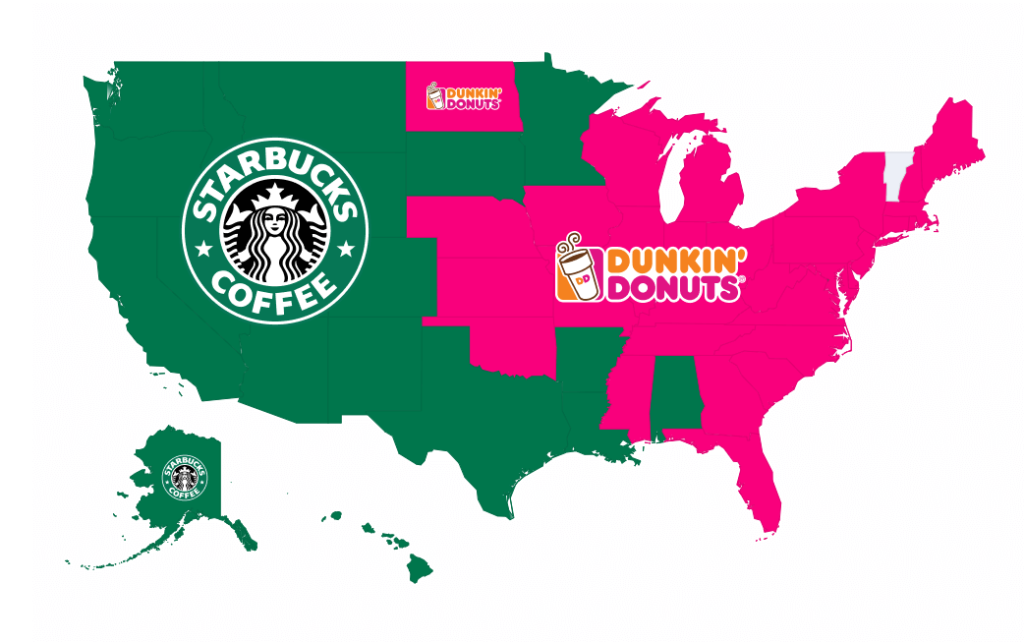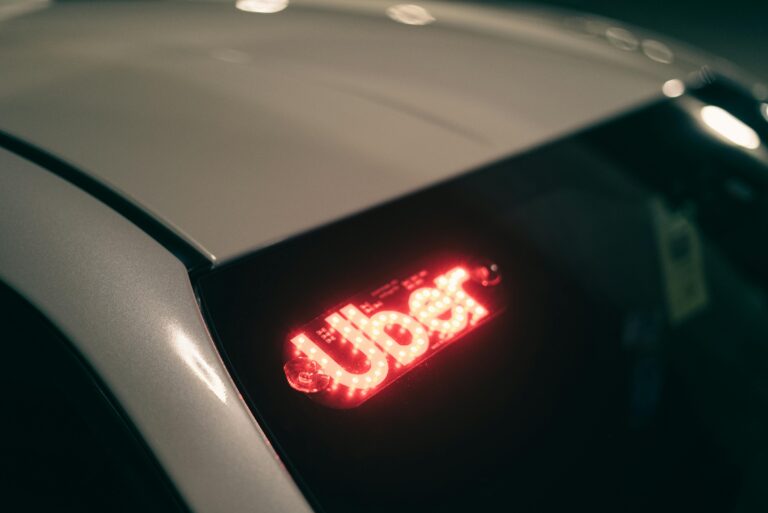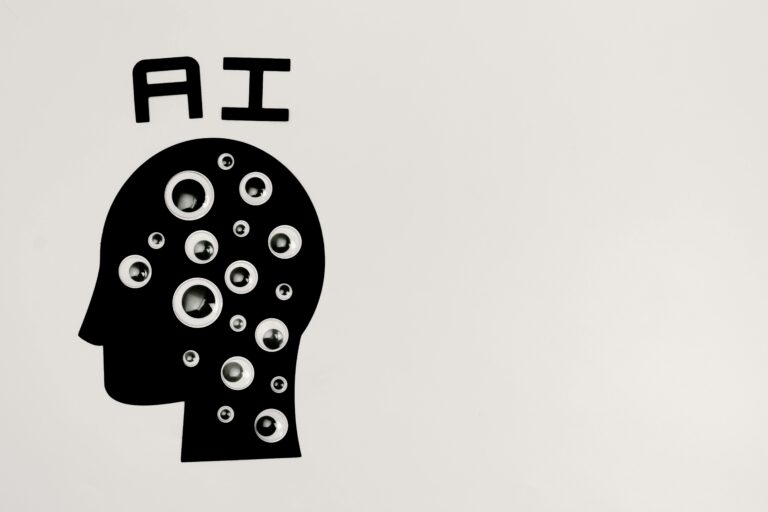
The Coffee War: Starbucks vs. Dunkin’
Another example of a Nash Equilibrium in pricing wars can be seen in the coffee industry, where Starbucks and Dunkin’ (formerly Dunkin’ Donuts) have long been competing for dominance in the U.S. market. Both brands have occasionally slashed prices on their coffee and other beverages to attract price-sensitive customers.
However, this price war has led both companies into a situation where neither can raise their prices without risking a drop in sales. At the same time, the lower prices are not sustainable due to high operational costs like labor and product sourcing.
Starbucks, for example, is known for its premium pricing model, but when Dunkin’ cuts prices, Starbucks may feel pressured to follow suit, even if it doesn’t align with its brand image. Both companies then end up with thinner margins and a lack of differentiation in their products, making it harder to grow in the long term.
How to Avoid Falling into a Nash Equilibrium Trap
While a Nash Equilibrium in pricing wars can seem inevitable in highly competitive markets, there are strategies that businesses can implement to avoid this cycle of price cuts. Here’s how companies can break free from the pricing trap:
1. Focus on Value, Not Just Price
Rather than slashing prices, companies should focus on creating value that justifies the price point. For example, Apple rarely participates in price wars, instead opting to differentiate itself through product innovation and premium customer experiences. By consistently offering value, customers are willing to pay more for Apple’s products, despite the higher price tag.
2. Differentiate Your Product
Product differentiation is a powerful strategy that can help a company avoid price wars. Companies like Tesla have successfully differentiated their products by offering cutting-edge technology and a unique customer experience. Tesla’s vehicles are seen as innovative and high-quality, allowing the company to maintain a strong pricing strategy without being drawn into a price-cutting race with traditional car manufacturers.
3. Utilize Bundling and Loyalty Programs
Rather than competing on price alone, companies can bundle products together or offer loyalty programs to encourage repeat customers. Amazon and Target use these strategies effectively to provide additional value to customers without slashing prices. Customers who are part of a loyalty program are more likely to buy products at regular prices due to the perceived extra value they receive.
4. Invest in Customer Experience and Brand Loyalty
Brands like Costco and Chick-fil-A avoid aggressive price competition by focusing on providing exceptional customer service. Costco’s membership model, for example, encourages customers to spend more to access exclusive deals, while Chick-fil-A focuses on a superior dining experience to retain loyal customers. By investing in customer experience and brand loyalty, companies can maintain their pricing without relying on constant price reductions.
Conclusion: Pricing Wars Are a Lose-Lose Situation
In competitive industries, the Nash Equilibrium in pricing wars can often lead to disastrous consequences for businesses. While price cuts may seem like an effective short-term strategy, the reality is that these wars leave companies with reduced profit margins, escalating costs, and unfulfilled customer expectations. The solution lies in focusing on creating value, differentiating products, and investing in long-term customer loyalty. By doing so, companies can avoid getting trapped in the endless cycle of price slashing and build sustainable growth.


